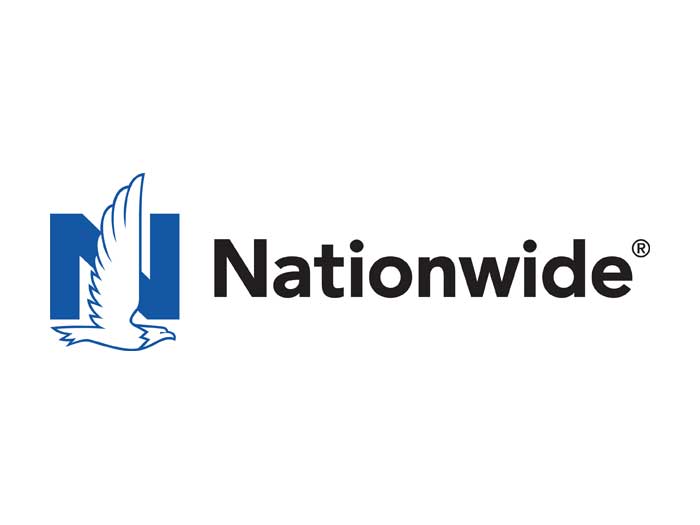Risk Insider: Joe Cellura
Keep Head Trauma in Mind- Part 2
This is part two of a two-part Risk Insider post by Allied World’s president of North America Casualty Joe Cellura on the dangers of scholastic athletic head injuries.
Part One can be seen here.
In last week’s post I detailed the breadth of the athletic head injury program and talked about how substantial legal settlements with the National Football League could become.
One question now before us is can municipalities be liable for student injuries that occur on the sports fields, or even those that arise years later when students’ time playing at their alma mater has become a blurred memory?
While team sports are a huge part of school cultures, the coverages in place today are unlikely to address this risk.
Municipalities and risk managers alike must ask, is being reactive the right strategy here? Is education and response enough or do we need to do more in terms of prevention?
Do waivers cover any responsibility in this regard? Contact sports, football especially, are deeply embedded in American culture, core to the identity like apple pie or Uncle Sam.
While team sports are a huge part of school cultures, the coverages in place today are unlikely to address this risk. As a result, municipalities could be on the hook. For such a critical topic, the insurance industry to date has taken very little proactive action to address very real concerns.
Insurers need to immediately start treating this emerging risk with focused underwriting, engineering and appropriate coverage terms. The exposure is upon us and remaining silent could ultimately become a recipe for expensive litigation and loss.
Underwriters should have exposure specific questionnaires targeted to sports related head injuries. An example could include questions regarding history of incidents, training, injury documentation and tracking.
Loss control and engineering services could be provided focusing on appropriate preventative measures and safeguards, which could include everything from appropriate liability waivers to on-site medical staffing, injury identification and treatment protocols.
Finally, exposure specific coverages will need to be developed. These coverage’s could address the date of, as well as the number of, occurrences, how to address pre-existing injury and defense obligations.
Long-term monitoring costs could also be considered along with policy conditions for notification and liability waiver warranties. The public entity sector has seen similar advances in underwriting, loss control and coverage in the wake of the increased incidence of sexual abuse cases.
It’s time for the industry to consider similar advances in the area of sports related head injury.
The growing trend of concussions at the municipality level, and the rise of attention given to research and settlements at a collegiate and professional level, presents insurance carriers and risk managers with an opportunity to address this issue head on – pun intended – and be more proactive in thinking about how to address the serious risks associated with contact sports at all levels.
As the number of concussions grows among student athletes, perhaps the number of conversations among insurers will grow as well. And that’s a good and necessary thing.










